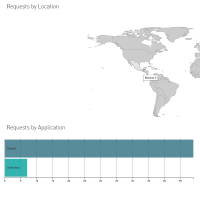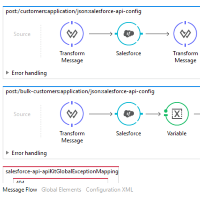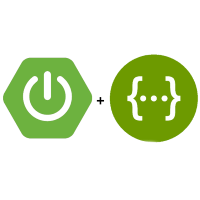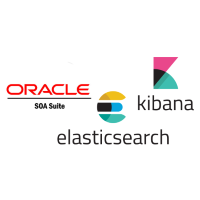Azure fundamentals certification
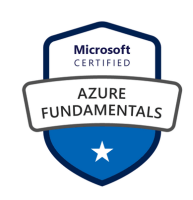
After quite a long break I am ready to start some articles again. But first thing first. I started looking into Azure. I worked with Azure quite basically for a customer but never had the chance to do more with it. I knew they had a fundamentals course online so I decided to work my way through this. Some basic cloud computing knowledge and some Azure specific knowledge. You can Continue ReadingAzure fundamentals certification




